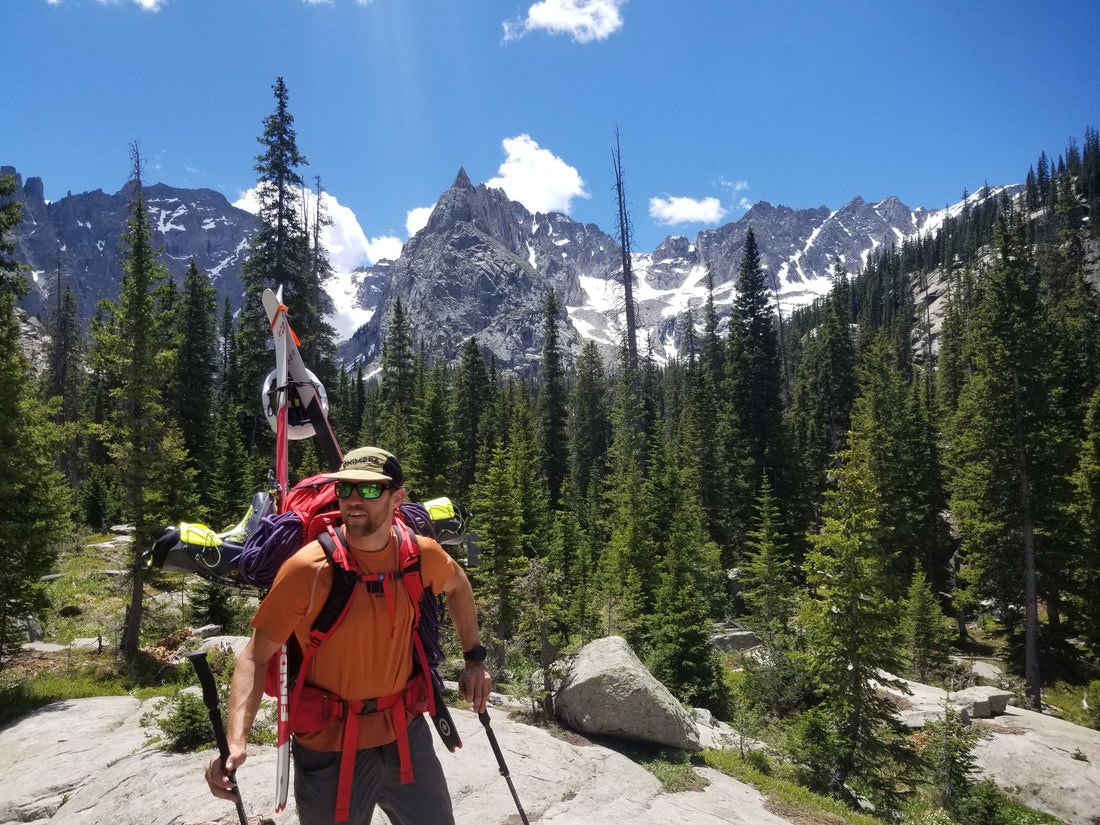
Remote Learning: Skier Teaches Partner to Self-Arrest During 300-foot Slide
| 4 min readThe walls of the Lone Rabbit couloir had been steadily narrowing over the past hour. Now they were barely a ski’s width apart. Avi Rubin knew that if he reached out his arms, his fingertips would just about brush the rock on either side. Below, the couloir dropped away some 1,600 feet to the shale-flat surface of Crater Lake, a dark gem tucked deep within Colorado’s Indian Peaks Wilderness.
Rubin and his partner Scott Yorko had been moving at a fair clip all morning. They were booting up the slope in crampons, their skis strapped to their packs in anticipation of some fast turns back to their lakeside camp. They’d nearly reached the top when Yorko noticed Rubin's crampons were loose. And though the chute had steepened to a slick 60 degrees, his ice axe was still lashed to his pack.
But they only had about 20 yards left to climb. A few more steps, Yorko thought. Then we’ll fix it.
That’s when he heard Rubin scream.
He whirled around. Rubin, who had been right behind him mere seconds ago, was gone.

The top of the Lone Rabbit couloir narrows to about a ski width.
Rubin wasn’t sure if he had slipped, or if a chunk of snow had given way beneath his boots. What he did know was that he was on his back, sliding out of control, and headed straight for a rocky joint in the couloir. “Scott!” He yelled, but the distance between him and his friend was widening fast.
Suddenly, Rubin felt the snow around him shift. The snow’s surface had crumbled, buckling like the edge of a wave in shallow surf. He’d kicked off a sluff—a tiny avalanche.
The mass of snow gathered speed. Soon it was feeding his velocity, carrying him downhill toward a bend in the couloir. With his ice axe strapped to his pack, Rubin realized he had no way to stop himself from hitting the rock wall.

The Lone Rabbit couloir (center) climbs to the shoulder of the iconic Lone Eagle Peak.
Yorko stood, helpless, as he watched Rubin slide. From his vantage point, he could tell the runout wasn’t bad—there were rocks, but no worse hazards, like cliff bands or skull-shattering trees, to worry about.
But the bigger problem, Yorko knew, was that Rubin was still wearing his crampons. Catch a heel or toe at the wrong angle, and he’d be looking at a twisted knee, torn ACL, or worse. This far in the backcountry, things could get serious fast.

Rubin realized too late that his ice axe was still strapped to his pack.
Before he knew it, Rubin was mere feet from the wall of the couloir, the wet slide ramming him into it as he clawed at passing ledges, searching for something to hold onto. But he was moving too fast—nothing stuck. His hands were too numb to feel the skin tear away from one wrist, or the other wrist bash against a rock. Later, he’d find out it was fractured.
With no options left, Rubin picked his feet up, skis and axe clattering, and before he knew it he'd scraped through the joint and was back on open snow. But now he was moving faster than ever.
Then he heard Yorko's voice, inexplicably close. “Dig in!”
It was the Rocky Talkie clipped to his shoulder strap. Yorko was radioing instructions from the top of the couloir.
“Flip over and dig in,” he said again. Rubin rolled onto his stomach and started digging at the snow with everything he had—knees, elbows, fingertips, crampons. Nothing caught. Panicked, Rubin flipped back onto his back. He heard again, “Dig in!”
He flipped over, and this time, it worked. His elbows and knees gouged in, slowing him down, even as the river of snow poured around him.
When it was over, Rubin looked around. He was breathing hard, but his body had come to a stop.
“Are you okay?” asked the radio. Rubin took a deep breath and reached for the button.
“Yeah,” he said. “Yeah, I’m good.”
“Can you move out of the way and get yourself to safety? Then I’ll come to you.”
Rubin moved to the side, out of the avalanche path of the chute, and sat down.
By the time Yorko got to him, he was still sitting there, dazed. He hadn’t taken off his crampons or backpack. But he was okay.

Rubin was able to hike out, safe aside for some scrapes and a fractured wrist.
The Analysis: What Went Wrong
Yorko and Rubin were both experienced skiers and regular backcountry partners. Though new to backcountry skiing, Rubin had taken both his AIARE level 1 and his AIARE partner rescue course. The two had waited for stable spring conditions, in which life-threatening avalanches (anything bigger than a sluff) are unlikely. With firm snow and minimal runout, they were comfortable climbing without the use of ropes or other protection.
The biggest issue, Rubin notes, was their communication.
“Scott and I are really good adventure partners and usually have good communication,” says Rubin. “But that day there was a communication breakdown in terms of stopping to ensure that my crampons were on well and my ice axe was out.”
Yorko adds that they weren’t in a hurry, but had neglected to do some crucial safety checks when the angle of the couloir increased.
“It was a good reminder to us that, even between really good backcountry partners, there’s still room for error,” Rubin says. “You just can’t get complacent.”


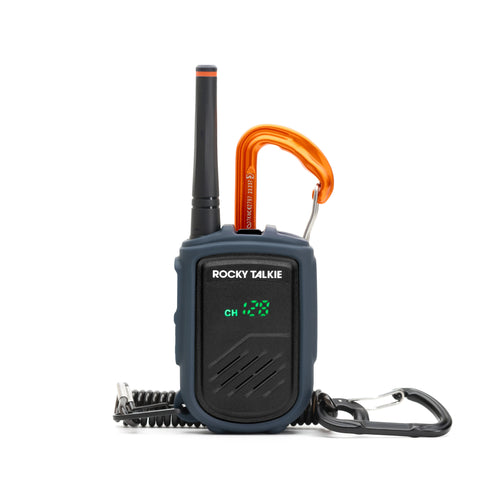

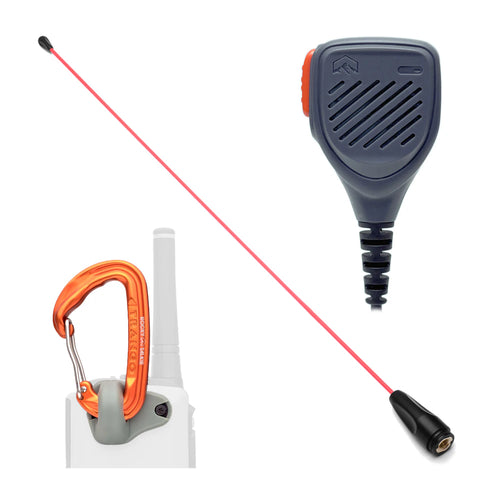

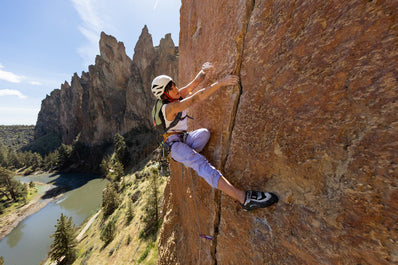
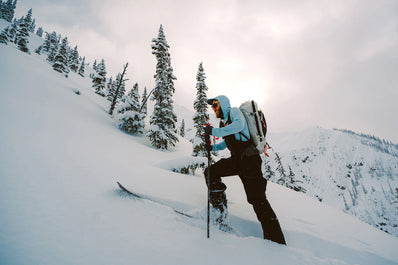

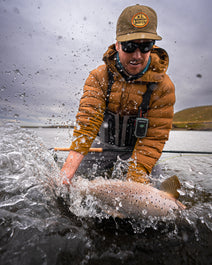
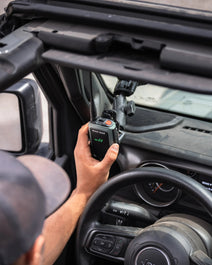
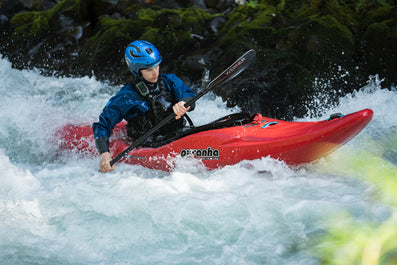
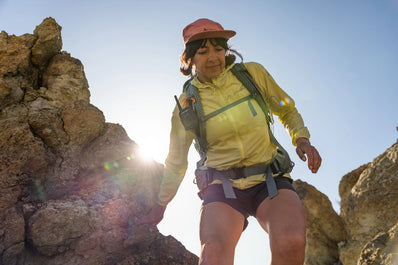
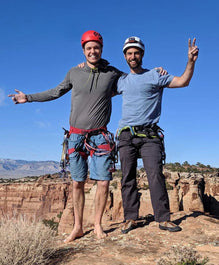
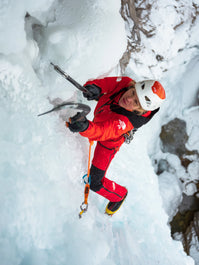
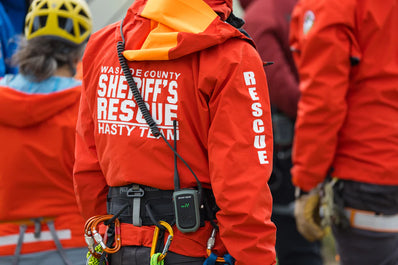
Leave a comment (all fields required)
Comments will be approved before showing up.